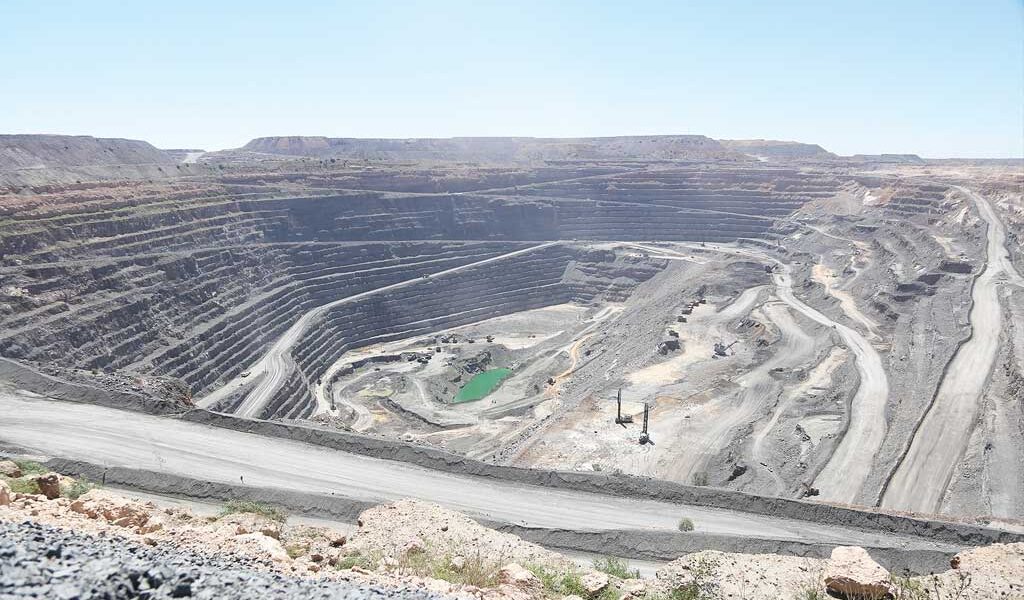TSHIAMO TABANE
Anglo American plc’ the international mining company which partly owns De Beers Group has indicated that Debswana continues to lead De Beers production.
Statistics from Anglo American production report released last week show that De Beers Group’s annual rough diamond production decreased by 5 % from 28.6 million carats recorded in 2015 to 27.3 million carats in 2016. On quarterly basis production increased by 24% from 6.3 million carats during the third quarter of 2016 (Q3 2016) to 7.8 million carats in Q4 2016.
According to Anglo American production results, Debswana which recorded 1% increase in annual production contributed 20.5 million carats into De Beers 27.3 million carats produced in 2016 and 20.3 million carats in the Groups 28.6 million carats production for 2015. Debswana the 50/50 joint venture between Botswana government and De Beers Group also contributed 5.4 million carats into 7.8 million carats De Beers’ Q4 2016 production and 4.5 million carats to 6.3 million carats production recorded in Q3 2016. The mine which emerged the biggest contributor to De Beers 2016 production results, Jwaneng mine, produced 12 million carats in 2016, followed by Orapa mine which produced 7.9 million carats. “Q4 rough diamond production increased by 24% compared with Q3 2016 as a result of higher production at Jwaneng, higher grades at Venetia and the ramp-up of Gahcho Kué,” said Anglo America CEO Mark Cutifani in the production report.
The De Beers subsidiary in South Africa contributed 4.2 million carats to the group’s 2016 production, Namdeb 1.6 million carats and De Beers Canada 1,0 million carats compared with Debswana contribution amounting 20,501 million carats, according to figures from the production report.
Diamond production at Namdeb Holdings (Namibia) decreased by 11 % from 1.6 million carats in 2015 to 1.8 million carats. In DBCM (South Africa), production decreased by 9 % from 4.7 million carats to 4.2 million carats and was partly offset by an increase in production at Venetia due to the processing of higher grades. Production in Canada declined by 45% from 1.9 million carats to 1.0 million carats. The ramp-up of Canada Gahcho Kué continues to progress, with commercial production expected to be reached during Q1 2017.
De Beers has indicated that diamond production is becoming increasingly challenging as mining moves towards deeper, less profitable and more remote sources. The company has projected that while global diamond production could increase in the coming years, beyond 2020 there is a risk that production levels will begin to decline unless major new discoveries are made and rapidly developed: “The costs and capital intensity of diamond mining projects are rising for three main reasons. Firstly, global demand for capital goods has driven price increases in equipment. At the same time, operating costs in some major mining towns have increased significantly in the last few years. In Botswana for example the cost of electricity increased by 11 percent per year between 2002 and 2012 and labour costs increased by 14 percent on annual basis, while the cost of diesel increased by 16 percent.”
In South Africa and Canada, the cost of electricity has increased by 14% and 4% respectively. The costs of diesel in South Africa increased by 11 percent while labour costs increased by 9% while in Canada the costs of diesel increased by 7 percent and 4 percent in labour.
De Beers has added that diamond miners are developing deeper and more remote parts of the existing deposits such as the Jwaneng cut 8 project and Venetia Underground mine: “New projects are further away, in more hostile natural environments that include the Artic. Such environments are inherently more complex to run and involve greater infrastructure investments.”

